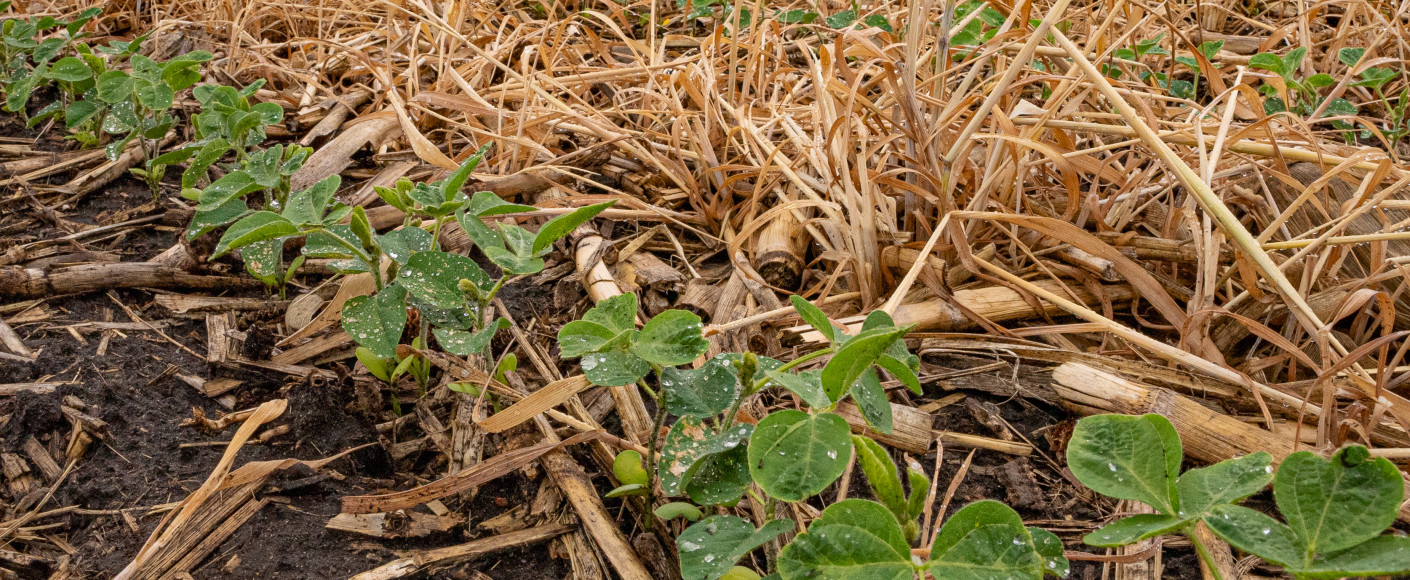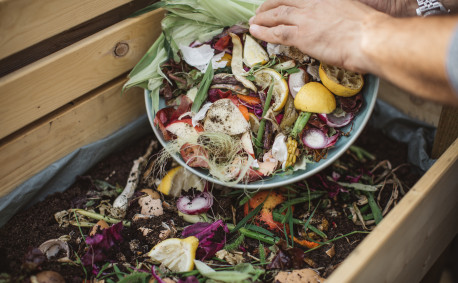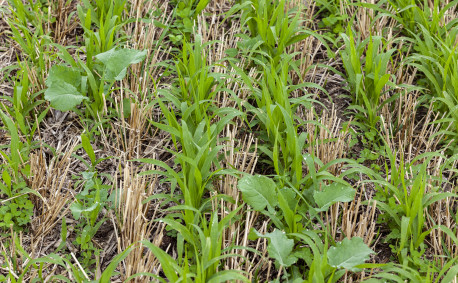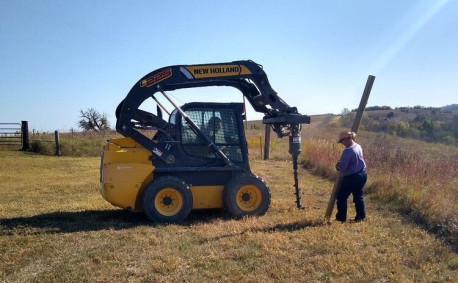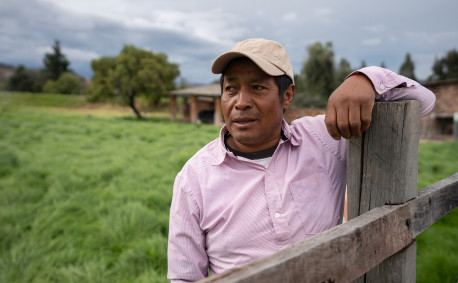What Is Regenerative Agriculture?
Regenerative agriculture is a holistic approach to farming that stems from indigenous conservation traditions. Similar to sustainable and climate-smart farming, regenerative agriculture focuses on comprehensive, integrated land management. Though many of its practices have been in use for generations, the term is finding its way into the mainstream. So, what does it mean?
Are Regenerative Ag, Sustainability and Climate-Smart Farming the Same?
There’s natural overlap between the three, and sometimes people use these terms interchangeably. But there are some subtle differences. Here’s a brief overview.
- Regenerative Agriculture: Regenerative agriculture is focused on renewal. Regenerative agriculture entails improving soil health and replenishing nutrients. Kansas Farm Bureau (KFB) defines it as “any production system that minimizes environmental impacts, maximizes production and increases the productivity of soil over time.”
- Sustainable Agriculture: Sustainability leads to stability. Sustainable farming is focused on providing longevity for both land and business. Sustainable practices maintain soil health and ensure farmland and farming operations can continue to produce for years to come. The goal of sustainable agriculture is “to provide more profitable farm income, promote environmental stewardship, and enhance quality of life for farm families and communities,” according to the USDA.
- Climate-Smart Agriculture: Climate-smart farming is a broader term for farming that minimizes harm to the environment. Climate-smart agriculture has three main goals, as outlined by the USDA and Food and Agricultural Organization of the United Nations:
- Increase farm productivity and income;
- Adapt to a changing climate by building resilience; and
- Reduce greenhouse gas emissions.
Regenerative Agriculture Practices
Another reason it’s easy to confuse regenerative agriculture, sustainability and climate-smart farming is that many of the practices fall under one, two or even all three approaches to farming. For example, regenerative agriculture helps enhance certain soil characteristics when farmers limit soil disturbance (no-till or low-till), maintain living roots in the soil (cover crops), introduce livestock (grazing) and incorporate plant diversity (crop rotation). Many of these practices — which can also be considered sustainable and climate-smart — have been adopted by farmers for decades. Some key regenerative agriculture practices include the following.
- No-Till or Low-Till Farming: Keeping soil intact is a core tenet of regenerative agriculture. This means farmers avoid or minimize soil disturbance in their fields.
- Growing Cover Crops: Living plants — and their root systems — can add structure and stability to soil, helping to increase its capacity to retain water. Certain crops are complementary, meaning one provides nutrients the other one needs to grow and vice versa. These can be ideal partners for cover cropping. Cover crops can also help reduce pests and boost drought resilience.
- Composting: Many gardeners know how beneficial compost can be, and farms are no different. Made from decomposing organic matter like fruit and vegetable peels, eggshells, crop residue and more, compost is rich in nutrients and helps nourish depleted soil and reduce the need for conventional fertilizers.
- Crop Rotation: Like cover crops, crop rotation adds diversity to farming operations. Crop rotation is the practice of growing different crops on a parcel of land every year or so. Because each crop requires different nutrients to grow while depositing other nutrients in the soil, diversifying crops can help nourish soil over time. Diversification can also help reduce weeds, pests and certain plant diseases.
- Incorporate Livestock: Part of the holistic approach of regenerative agriculture is leveraging the ways different parts of an ecosystem can work together. Introducing livestock to cropland can benefit both. After harvest, some farmers will let their animals forage in the field. As the animals graze, they leave behind manure, which nourishes the soil, making it more fertile to grow crops in the future. In return, the livestock has access to valuable animal feed and essential nutrients. Farmers can also control where their animals graze to help reduce erosion and improve water retention and drainage.
There’s no single way to incorporate regenerative agriculture into a farm operation. Farmers choose which conservation practices make sense for their particular situation. Factors such as climate, type of soil or crops, or access to labor can affect their decisions.
Incentive programs can help support farmers as they adopt some of these practices. Companies such as PepsiCo and DiGiorno are partnering with farmers on regenerative agriculture efforts.
Learn More About These Practices
Benefits of Regenerative Agriculture
Regenerative agriculture has been shown to improve soil health, conserve water, reduce our carbon footprint, enhance ecosystems and more. Regenerative agriculture has also been shown to boost carbon sequestration, or the process of capturing, removing and storing carbon dioxide from the atmosphere.
An evaluation of Archer-Daniels-Midland Company’s (ADM) regenerative agriculture projects in 2022 showed an improvement to carbon emissions and sequestration “equivalent to removing more than 80,000 cars from the road for a year.” Individual projects showed increased biodiversity, improved water quality and decreased nutrient loss due to runoff.
Although many farmers decide to incorporate regenerative agriculture practices for the ecological benefits, improvements in soil health and water conservation can result in higher yields and increased drought resilience. Enhanced forage for livestock can also mean they can save on livestock feed. These economic benefits can boost farm profitability.
Shopping and Regenerative Agriculture
Defining and monitoring such practices is complicated, and the USDA hasn’t yet designated an official certification for products grown using regenerative agricultural practices. Another effort called Regenerative Organic Certified has been introduced, but it hasn’t been widely adopted.
No consistent way to identify regenerative agriculture products is yet available at the grocery, but you can ask growers at your local farmers market if they incorporate any of these practices in their operations. Like with organic produce, food grown on farms practicing regenerative ag may come with a higher price tag. Keep in mind that a food’s nutritional value is equivalent whether it’s grown using conventional, organic or regenerative methods. Your family’s budget, needs and values may affect whether you seek out and purchase products grown using regenerative ag.
If you’d like to learn more, this article on regenerative agriculture from our friends at Kansas Living will introduce you to several farmers in Reno County who are incorporating regenerative agriculture practices.

